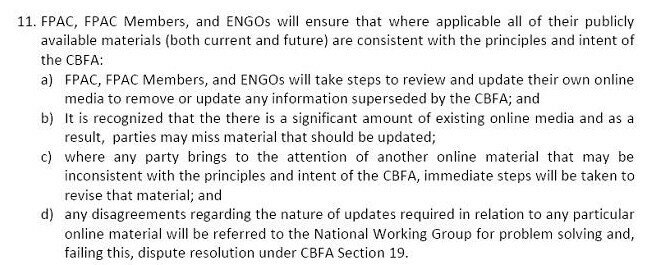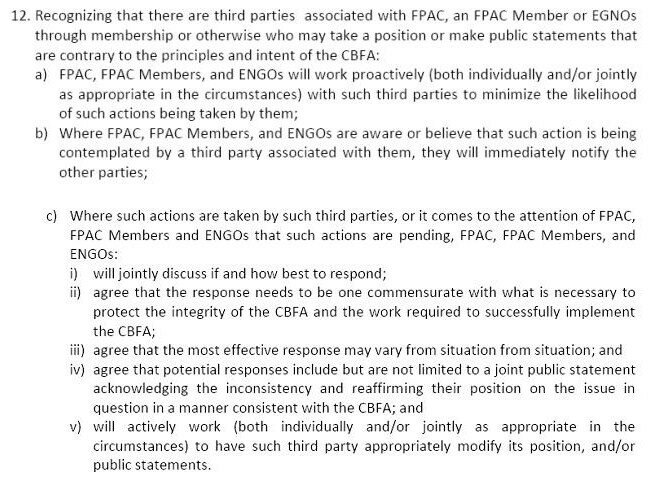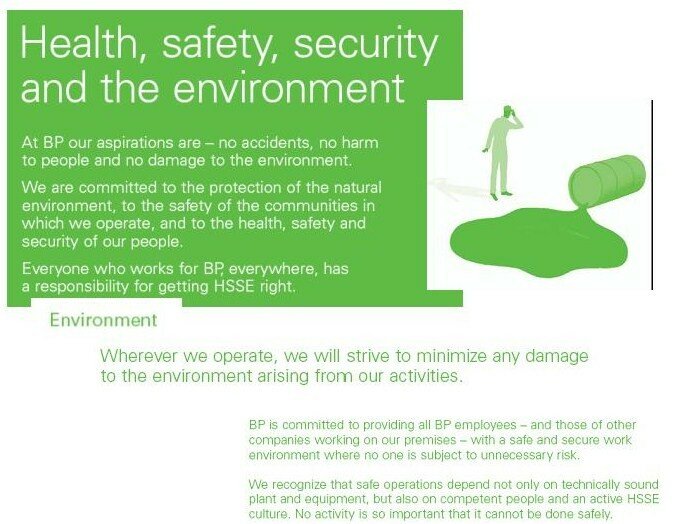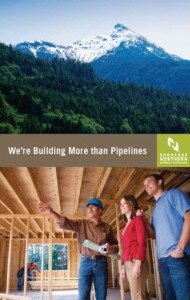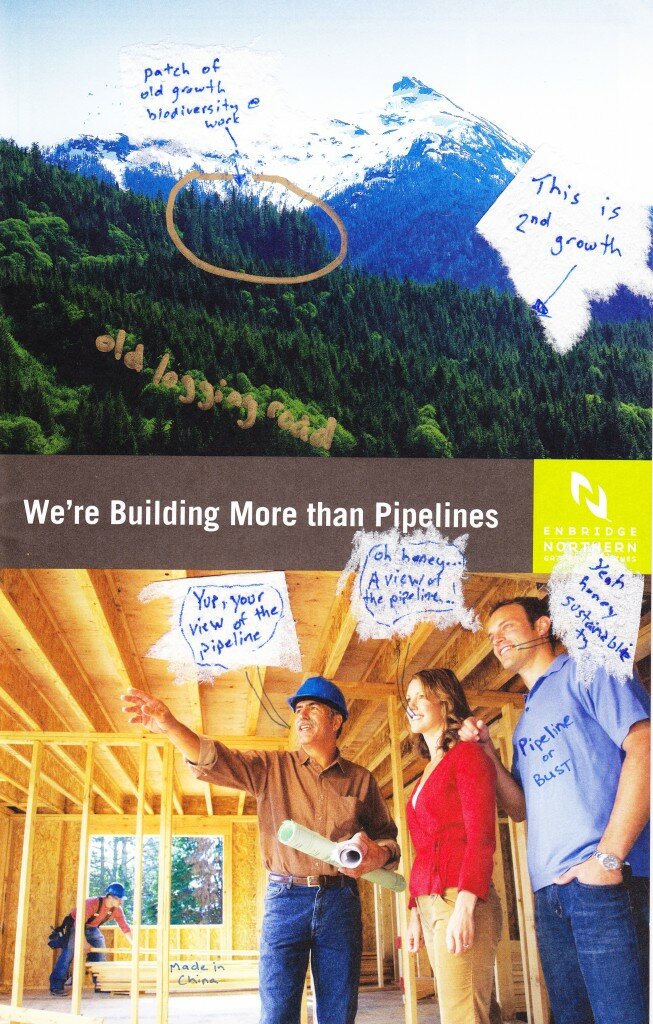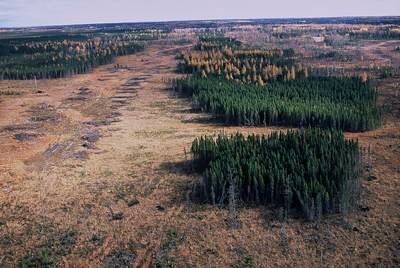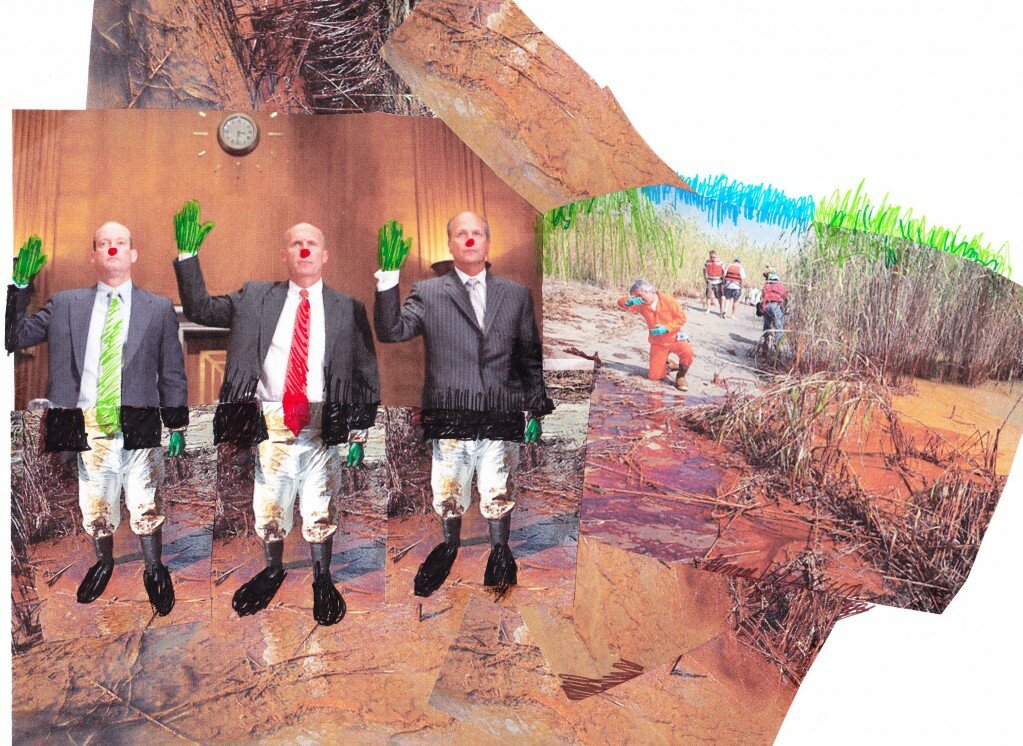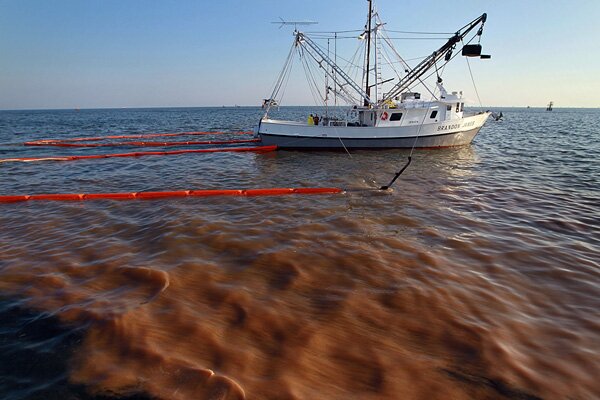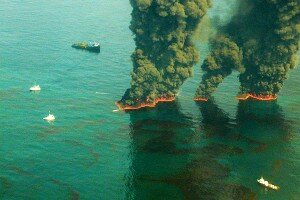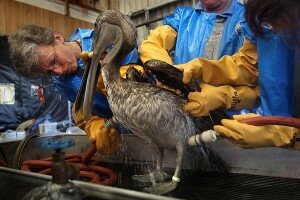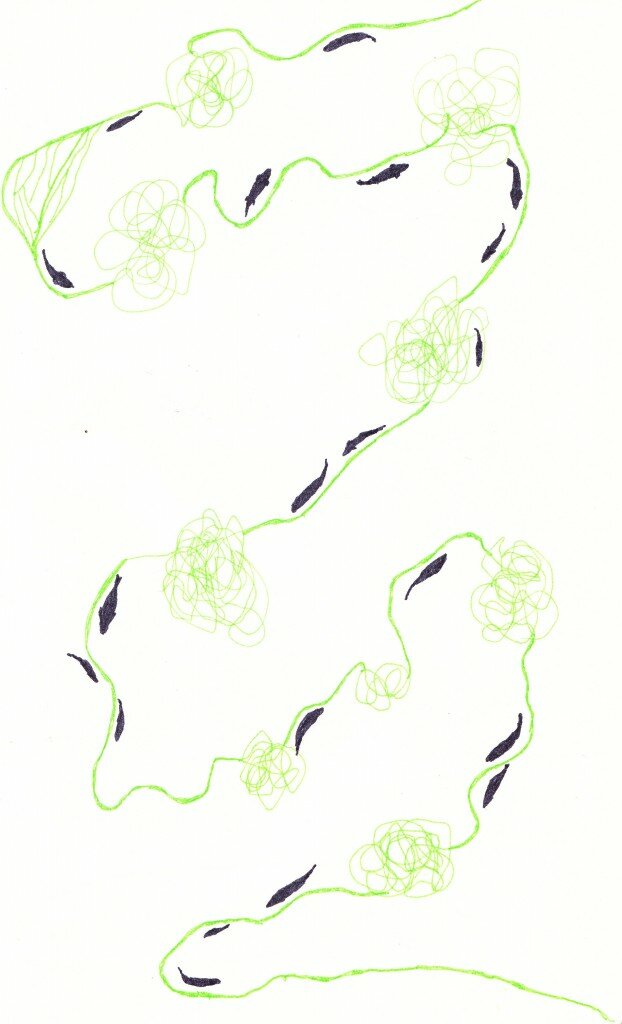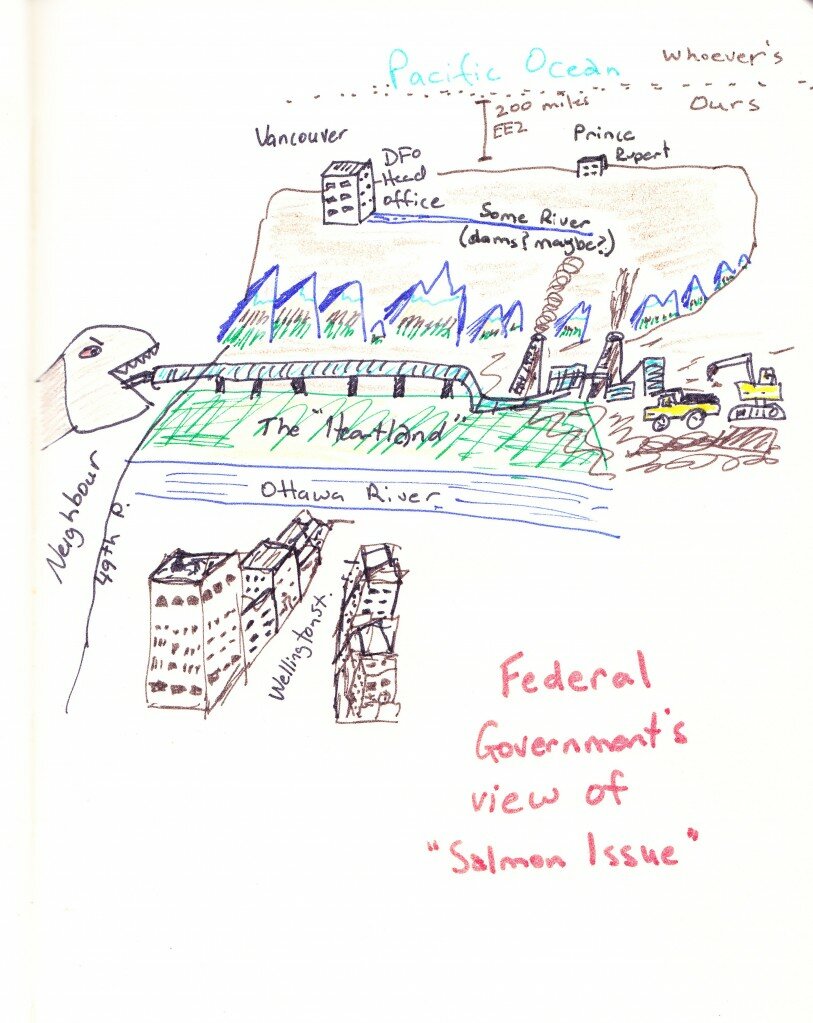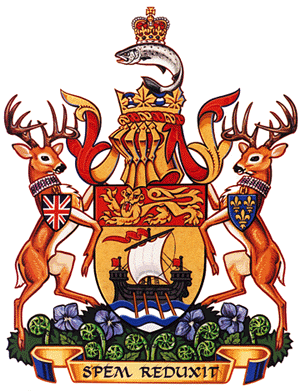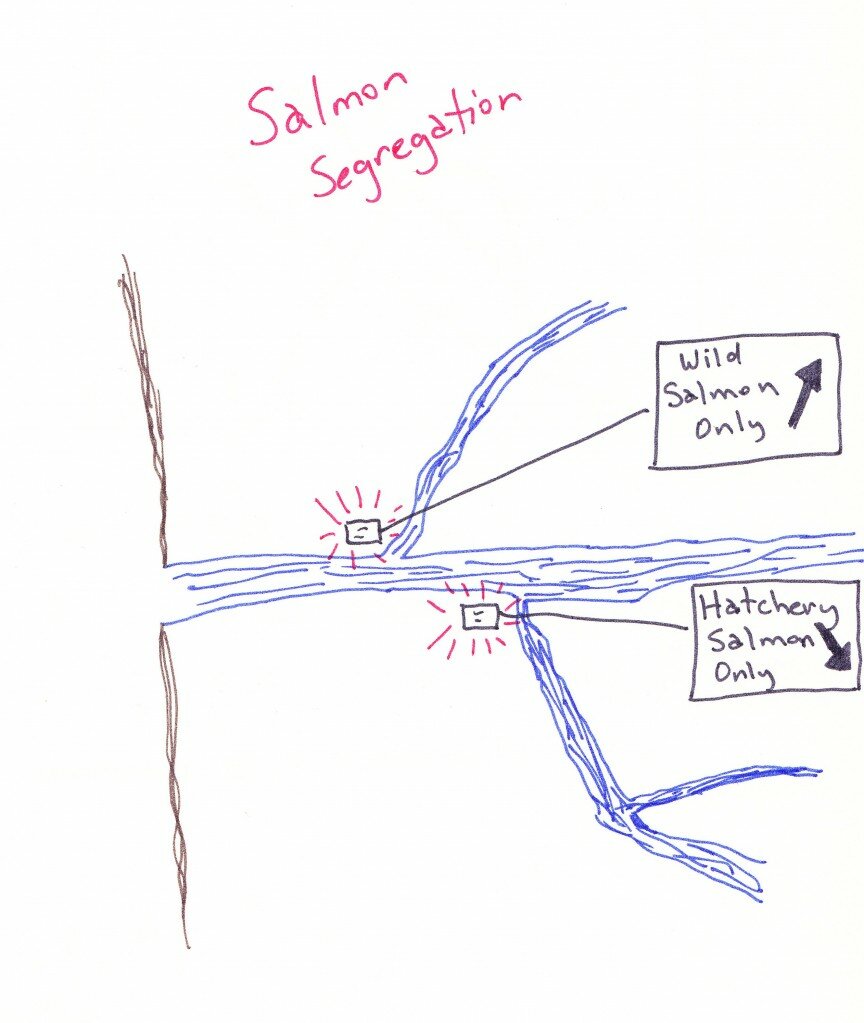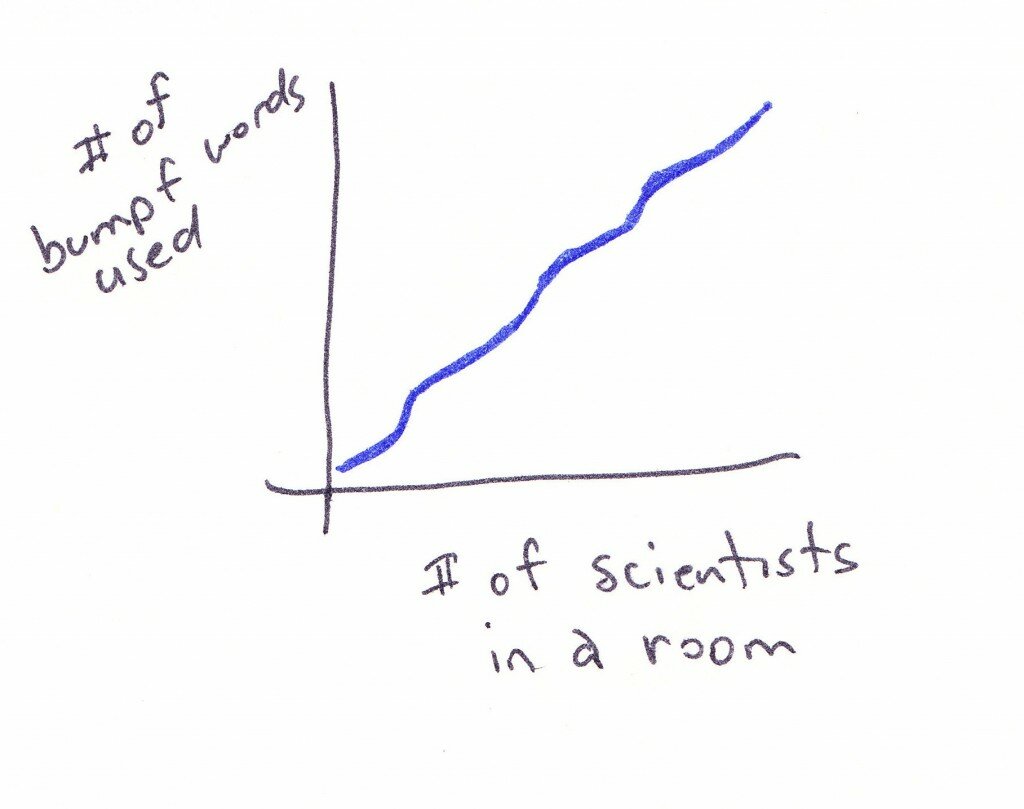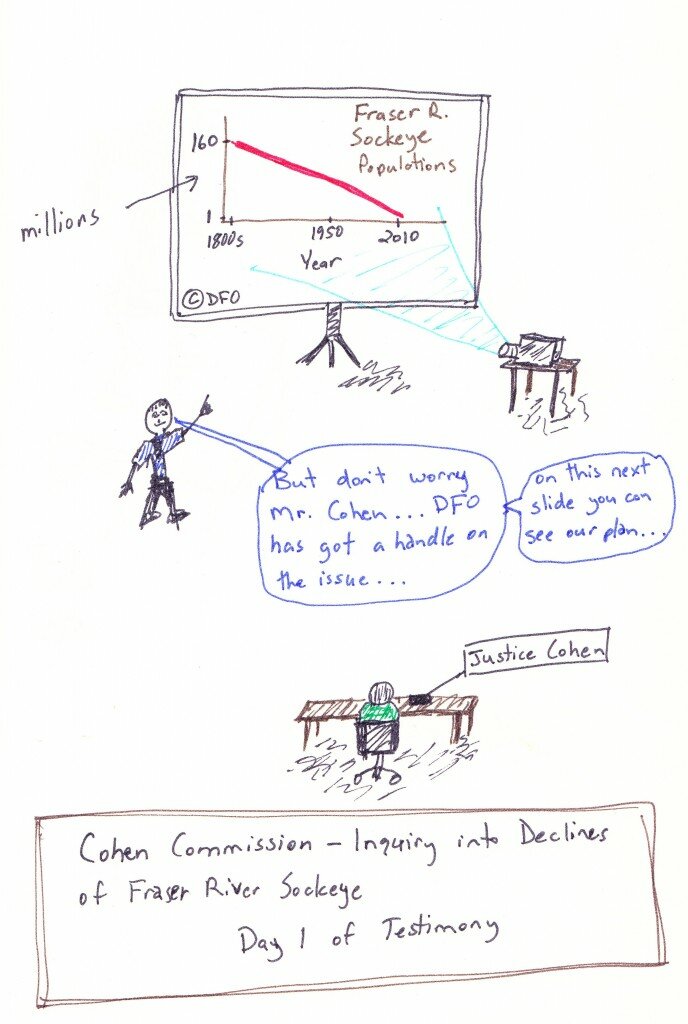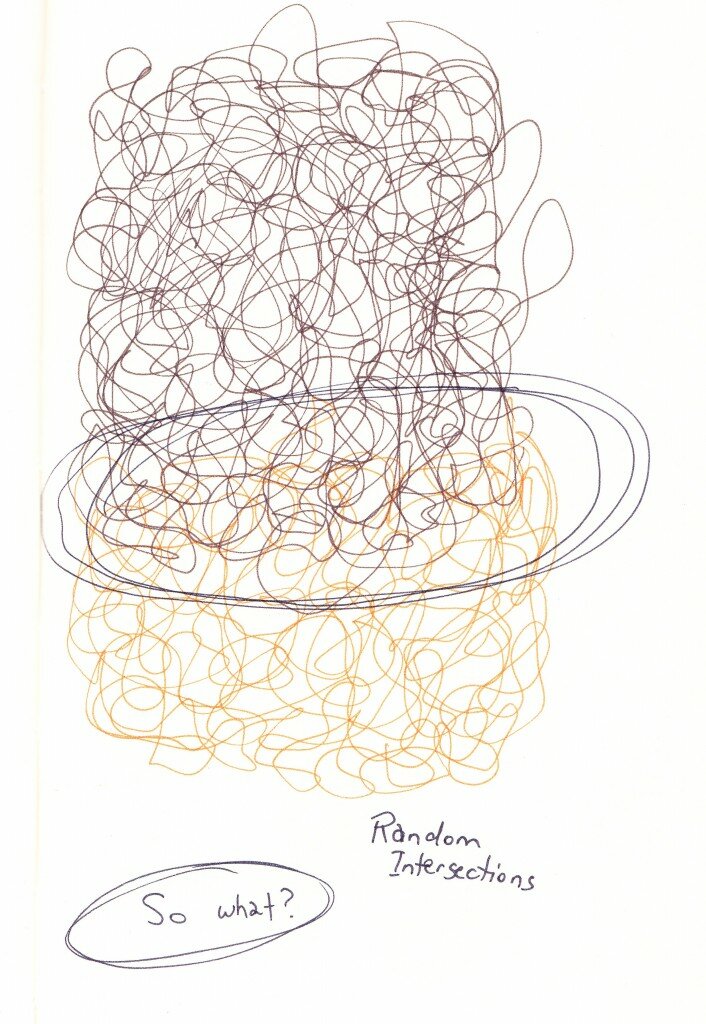Greenpeace Boreal image
I’ve been reading through the leaked version of the recently announced Canadian Boreal Forest Agreement – the touted .
This Agreement apparently covering Canada’s Boreal Forest (which stretches from the Yukon and B.C. all the way across the country to Newfoundland) was signed last week by twenty-one forest companies that operate in Canada’s Boreal forest and nine “leading” environmental companies.
Reading through the leaked agreement (a final copy of which still isn’t posted on the website) I am left wondering what sort of “Joint” is being referred to (or reefered to).
As another writer has suggested, Dawn Paley, in an online article on The Dominion: Paley suggests: “the numbers game is far from the only Orwellian aspect of the Canadian Boreal Forest Agreement” referring to some of the ‘communication’ activities and organized campaigns of the nine “leading” environmental groups involved — and how this Agreement controls and dictates how those activites can now be conducted by those organizations.
In the agreement these types of ‘activities’ are “legally” defined in the “Definitions” section of the agreement (I say legally because only lawyers could develop these sorts of legalese definitions and my experience negotiating agreements that points to the lawyerly joy of ensuring these sorts of things are “legal”), :
Some important words to highlight here: “any”; as in the fifth word of this definition.
Therefore “any advocacy or communication activities” by the nine ‘leading’ environmental groups — signatories to this agreement — with any relation to:
- paper recycling campaigns — i.e. reduce, reuse, recycle;
- the importance of forests (e.g. home to critters like salmon, caribou, grizzly bears, bees, owls, and so on — oh yeah, and humans…; carbon sequestration; oxygen producers; and all those other silly things that forests do…); and
- maybe truly “conserving” and “protecting” forests in the real meaning of those words (i.e. like leaving alone, or maybe just for walking through, or hunting in, or simply being in — as opposed to the completely co-opted use of these words.
Now that we have a legal “definition” to work with… I used the ‘search’ function to look through the 70+ page agreement to see where “ENGO Advocacy Work” is used and why it had to be defined.
It first comes up on page 37 of the Agreement, under the section “Goal 6: Marketplace Recognition“.
.
Section 6 follows Section 5, which is “Forest Sector Prosperity“…. And here’s where things begin to get odd (ENGOs are the nine enviro groups):
.
So, if you remember back to the definition of ENGO advocacy work, enviros are going to have to have their lawyers review any advocacy or public communications and ensure it fits with this Agreement and anything to do with the Canadian Boreal Forest. (Last time I checked, climate change was having a significant effect on the Canadian Boreal Forest)
_ _ _ _ _
Greenpeace banner at Abitibi, Montreal headquarters 2007
Apparently they’re not doing very well as I checked today and if I wanted I can still send a letter to “Abitibi-Consolidated” headquarters called “stop looting the Boreal Forest“.
(click the image to see related page on Greenpeace website – but do it soon because apparently it’s supposed be gone according to the “Agreement“).
Side note: Abitibi-Bowater, the world’s eighth largest pulp and paper producer is still under bankruptcy protection…)
Side note II: if you watch the YouTube video on Greenpeace’s website you can see images of their campaign against companies operating in the Boreal Forest…
.
Besides the clever banners and vandalizing ocean freighters, there are images of logging trucks, clearcuts, the rumble of forestry equipment and so on. My question is: how does this agreement change any of that?…
There’s still going to be frigging logging trucks, road building, and logging equipment rumbling through the Boreal forest by at least 21 companies (i.e. FPAC members) and whatever other logging companies operating in the Boreal Forest that didn’t sign this agreement…
Greenpeace defends their position in a on their site.
_ _ _ _ _
OK – now here’s the Orwellian section… and apologies I recognize the legalese is onerous to read through — but this part blows my mind!
.
.
(First, one of the legal definitions of “third party” is: any individual who does not have a direct connection with a legal transaction but who might be affected by it.)
12 (a) — am I now going be getting emails, phone call, or visits to my door suggesting that I, or any other “third party” making statements contrary to the principles and intents of the “Agreement” (it’s a sad piece of crap), should be worked with “proactively” to minimize my actions against the “principles and intent” of the Canadian Boreal Forest Agreement?
Or are the signatories going to move straight to 12 (c) (v) and suggest I “modify” my position, and/or public statements (i.e. weblog entries)?
Under 12 (b) — if any of the FPAC, FPAC members, and ENGOs figure I, or other third parties, may continue to hack away at this shoddy agreement, they have to immediately notify the other signatories.
This is just down right school yard tattle-taling…
OK, so how about this?
 As I searched around online over the past couple of days, I came across a Facebook page called “” (as in caribou). Save the ‘Bou is apparently:
As I searched around online over the past couple of days, I came across a Facebook page called “” (as in caribou). Save the ‘Bou is apparently:
“a campaign to protect Canada’s last remaining Woodland Caribou by environmental groups, Canopy, David Suzuki Foundation, ForestEthics, and Greenpeace Canada.”
If you visit this facebook page – and say scroll down near the bottom there’s a particular entry:
Greenpeace released a report last week which details how the Ontario government has allowed AbitibiBowater to destroy intact forests and Caribou Habitat in the English River Forest.
Well, Kim Fry, I hope you’re ready to be worked with “proactively” by the FPAC, FPAC members, and ENGOs to modify your position. You are “affiliated” with the four environmental groups that created this Facebook page, by just being on the page. Hope you’re not a “fan” or a “friend”….
_ _ _ _ _
So, are the four enviro groups going to erase this Facebook page that they created because the ‘Bou are now “saved”, “protected”, “conserved” and/or “well-managed by “ecosystem-based planning”… Or, erase all entries from the last while, or entries to come (under article 11 of the Agreement) “where applicable all of their publicly available materials (both current and future) are consistent with the principles and intent of the CBFA”?
Peek-a-‘bou…
What about donors or members of any of the enviro organizations involved — if they blog, or comment negatively about the “Agreement”, will action be sought? What level of action are environmental groups willing to take? or the forestry companies?
Will we start getting “joint” Greenpeace-AbitibiBowater banners put on our houses: “STOP MAKING STATEMENTS THAT ARE CONTRARY TO THE PRINCIPLES AND INTENT OF THE CANADIAN BOREAL FOREST AGREEMENT!”?
Donors, members, Facebook fans, attendees of conferences or events, and so on — would fit the definition of affiliated third parties “through membership or otherwise” (Article 12 of Goal 6 above). About 10 or 12 years ago I gave the Suzuki Foundation (in its early days before it had over 60 corporate employees) some membership fees, donations, and bought some reports — I guess I better watch what I say on this weblog….
_ _ _ _ _
All of this, and I haven’t even got into the lost meaningless language, half-truths, bullshit bumpf, and other sad pieces of this agreement… and why do I care?
to be continued…



